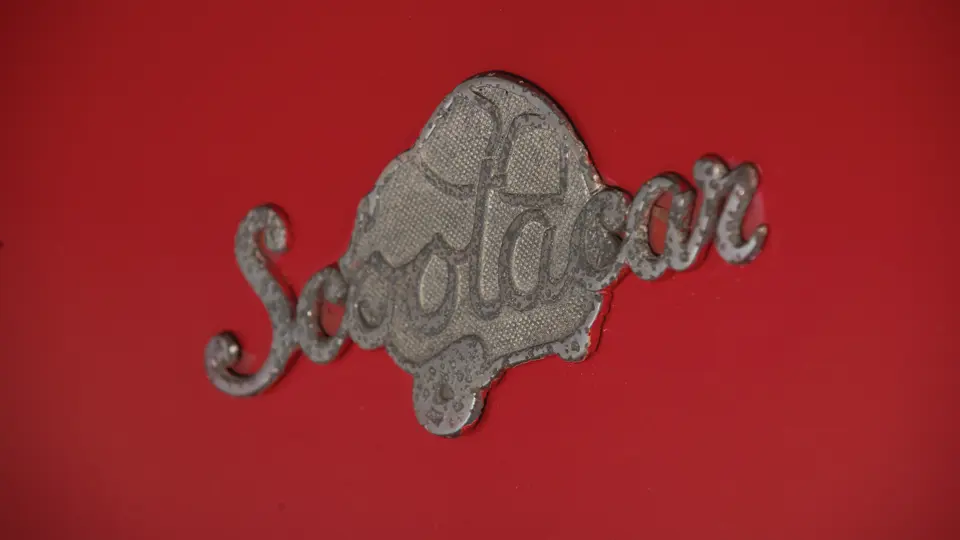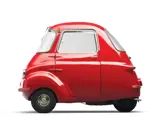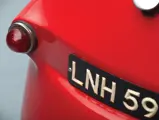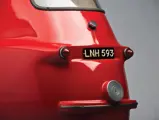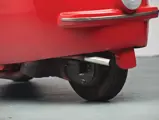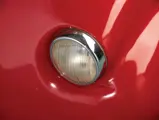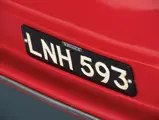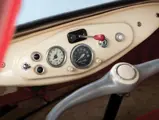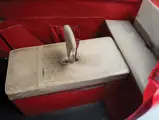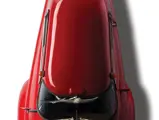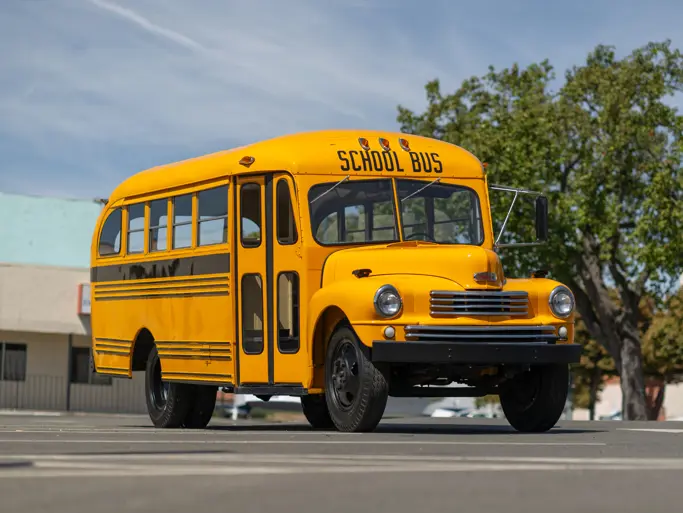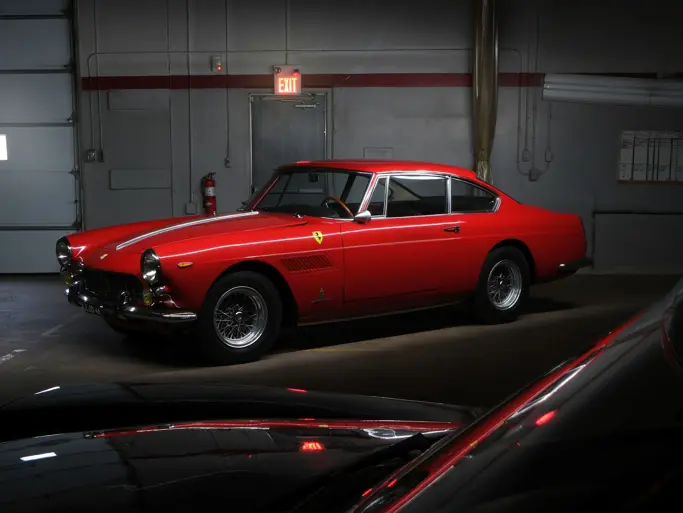Impossibly cute!
SPECIFICATIONS
Manufacturer: Scootacars Ltd.
Origin: Leeds, England
Production: 1,500
Motor: Villiers 1-cyl., 2-stroke
Displacement: 197 cc
Power: 8.5 hp
Length: 7 ft. 3 in.
Identification No. KHC937
Harry Brown had designed a small car in the mid-fifties called the Rodley 750, which was a dismal failure due to its JAP engine overheating and catching fire. It had, in fact, acquired the reputation of being one of the worst cars of its day. Undaunted, Harry came back a year later with a vengeance and designed one of the most iconic, successful, and best loved of the British microcars.
The Hunslet Engine Company, an old-established manufacturer of railway locomotives in the Leeds suburb of Hunslet, decided to build a small car. This decision had come about when the wife of one of the directors wanted a car that was easier to park than her Jaguar. Harry Brown, of Leeds, was called in because of his experience in the field, and Scootacars Ltd. was formed as a subsidiary of Hunslet.
The Scootacar, later called the Mark I, was very much a scooter with an enclosed body shell. One sat very upright, holding a pair of handlebars, astride a box containing the motor, which was topped with a typical longitudinal saddle fitted with a small backrest. It was said that the tall angelfish-like shape was derived from a full-size sketch of the designer seated directly above the motor. A small folding bench seat in the back allowed two people to ride in tandem, in scooter-fashion. This mid-engine arrangement eliminated the need for a separate engine compartment behind the cabin, which created the foreshortened “telephone booth” appearance. One large door on the left- or near-side allowed comfortable stand up access.
Access to the motor and drive chain to the rear wheel was by lifting the seat box. Despite its deceptively narrow upper half, it was really quite wide at its sheet steel floor pan. This gave it a surprisingly low center of gravity, and as a result, the little car handled extremely well. There was a great deal of room inside for stowing gear, like around the large floor, under the seat, on the folding seat back, and in the door pocket. The lightweight fiberglass body was bonded to the steel floor pan. The large, curved front window was glass, while the tall sliding side windows and rear window were in Plexiglas to save weight. In addition, the Scootacar boasted the largest parcel shelf in the industry and, quite notably, it seems to be the only car to have a picture of itself as a front badge! This adorable example is finished in bright red and is complete and correct in all respects. With a mere 1,500 produced, there are relatively few surviving, and this is certainly one of the better examples extant.
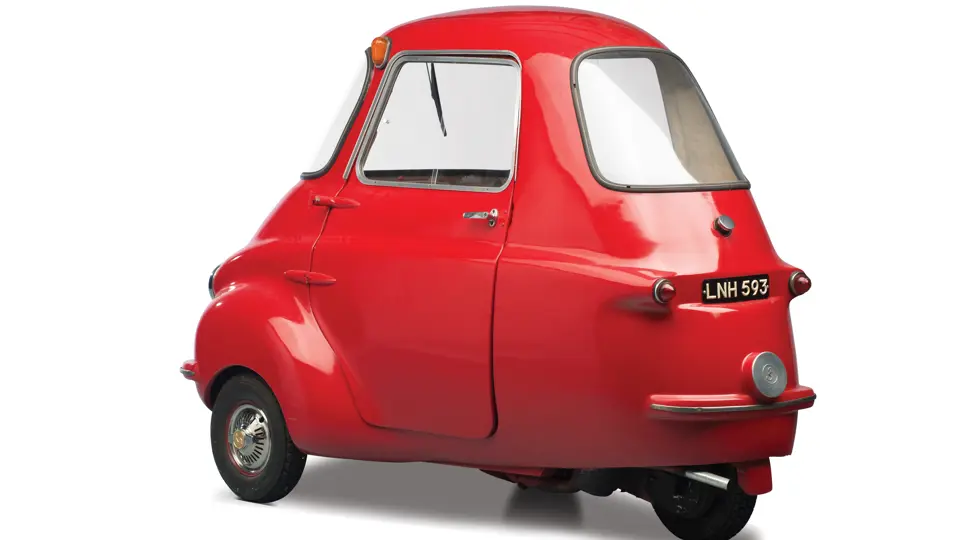






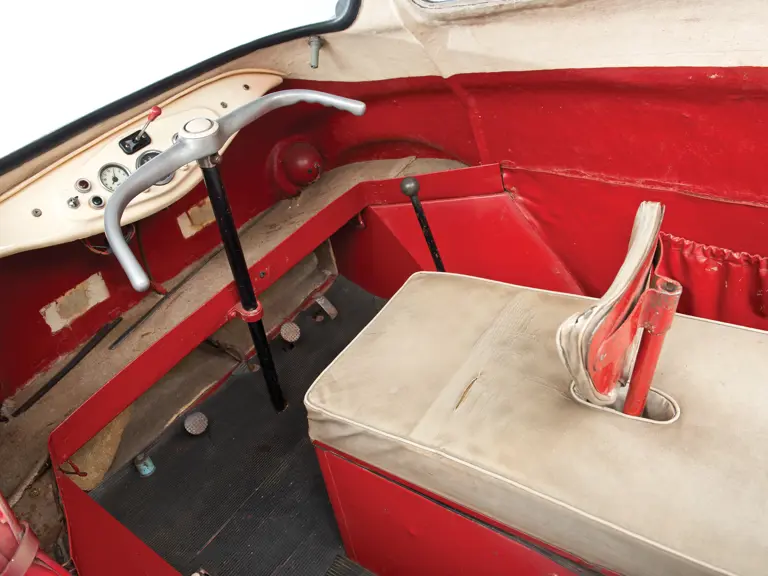

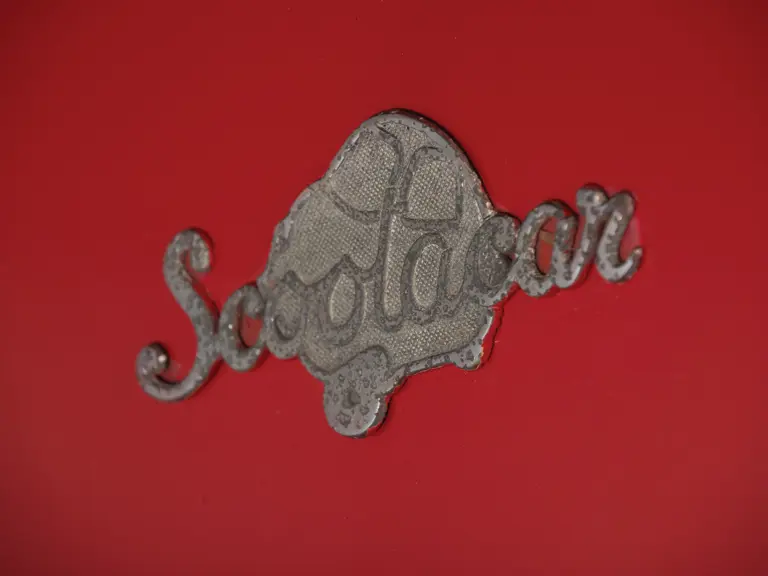


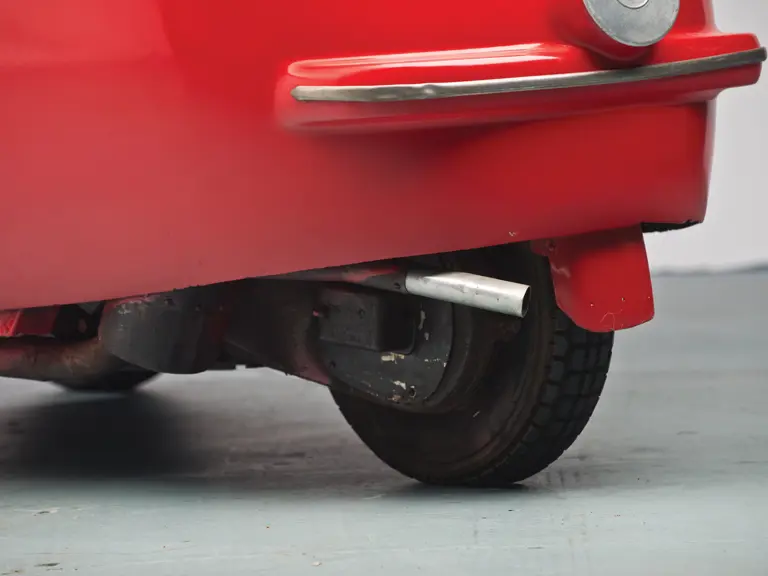

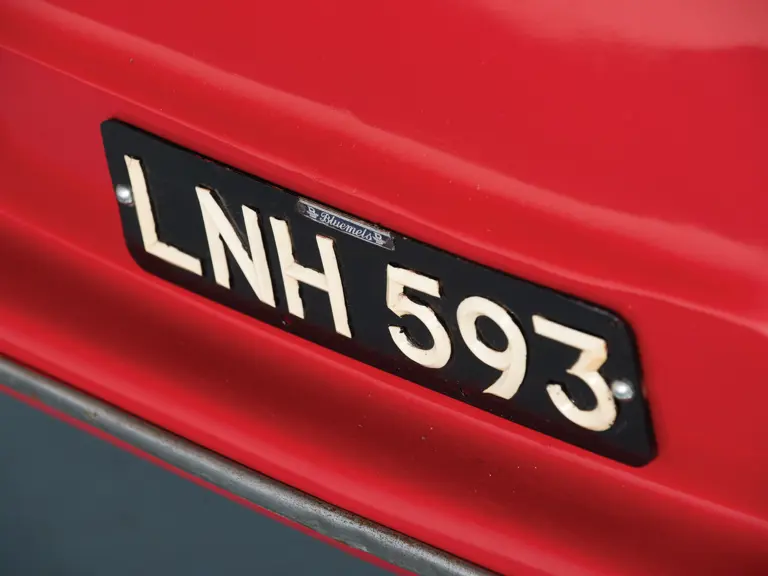
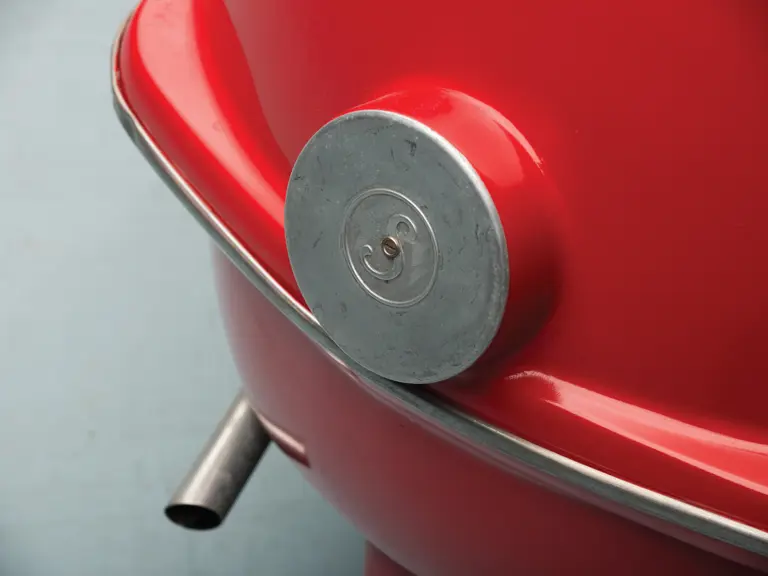
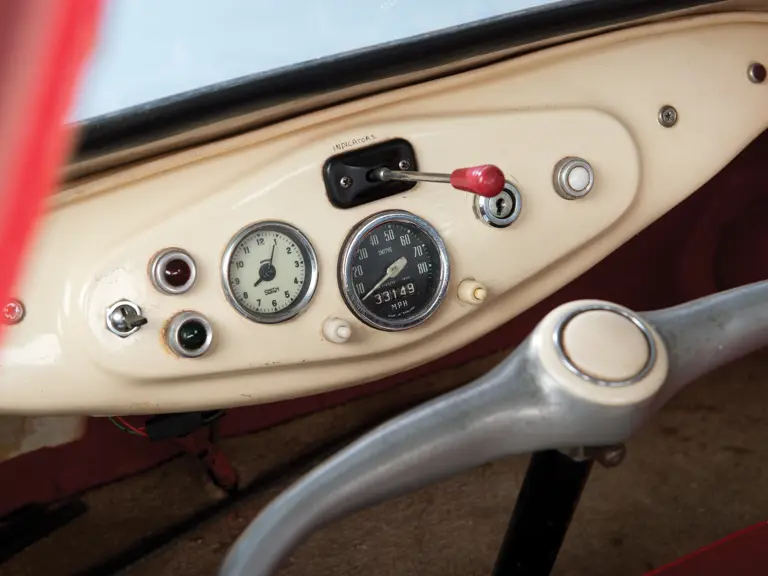

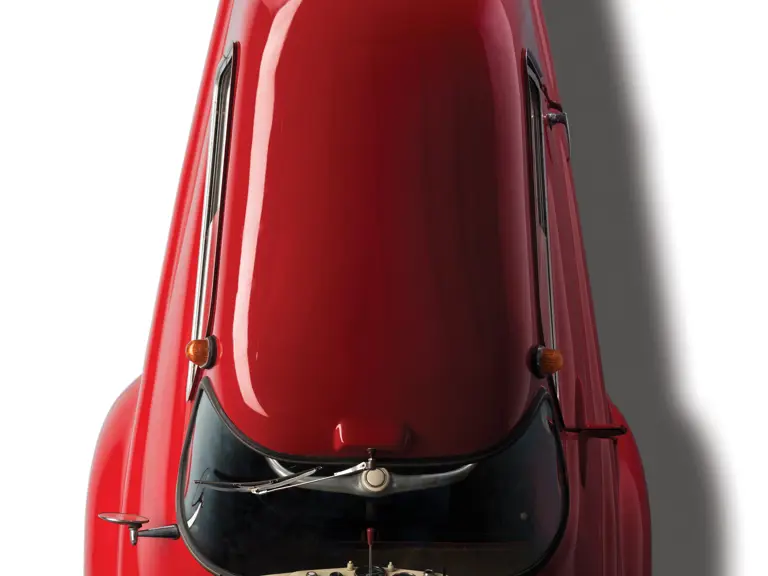

 | Madison, Georgia
| Madison, Georgia

